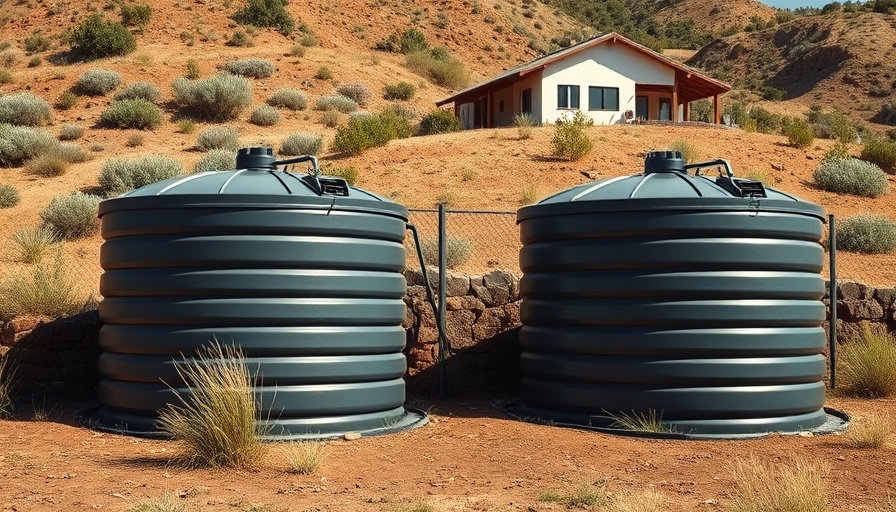
Understanding Rainwater Harvesting: A Practical Guide
In an age where sustainability meets practicality, rainwater harvesting (RWH) has emerged as a vital practice for homeowners eager to lower their water bills and contribute to environmental conservation. But what exactly does this entail? At its core, rainwater harvesting is the process of collecting and storing rainwater for future use, transforming an often overlooked resource into a valuable asset. Whether you live in the bustling suburbs or the cozy countryside, understanding rainwater harvesting can open new doors for conservation and cost savings.
Benefits of Rainwater Harvesting in Real Estate
For those in the real estate industry, the advantages of rainwater harvesting cannot be overstated. Here are some notable points to consider:
- Cost Savings: Homeowners can save significantly on their water bills. By utilizing rainwater for irrigation, toilet flushing, and vehicle washing, families can substantially reduce dependence on municipal water supplies. According to Brandi Whitaker from Pioneer Water Tanks America, this shift not only saves money but addresses the increasing demand on local utilities.
- Increased Property Value: Homes equipped with rainwater harvesting systems can appeal to potential buyers who prioritize sustainability. This feature can enhance property listings on platforms like Zillow or Redfin, making them more attractive in an evolving real estate market.
- Environmental Impact: Implementing a rainwater harvesting system reduces runoff pollution and helps decrease the strain on local waterways. Reducing runoff can also lower erosion, which is critical in watershed management.
Exploring Initial Costs and Challenges
While rainwater harvesting presents numerous benefits, there are certain initial costs and challenges to evaluate. Setting up a proper system may require an investment that can vary widely based on the complexity of the setup and local regulations. Buyers should be aware that:
- Initial Setup Costs: Some homeowners may find the upfront investment to be higher than expected. However, with long-term savings on utility bills, many find the system pays for itself over time.
- Space Requirements: Not all homes may have the space required for optimal storage tanks. This limitation can hinder implementation, particularly in urban settings.
Alternative Solutions: What If Rainwater Harvesting Isn't Feasible?
For those unable to adopt rainwater harvesting for any reason, there are many alternative eco-friendly practices to conserve water and enhance property value:
- Rain Gardens: Planting a rain garden helps to absorb rainwater runoff and improve drainage while creating beautiful landscapes.
- Native Landscaping: Consider landscaping with drought-resistant plants that require less water and fit the local climate.
Final Thoughts: Embracing Sustainable Practices in Real Estate
The push for sustainability is growing, especially among homebuyers who are increasingly conscientious about their environmental footprint. The integration of rainwater harvesting may seem like a daunting task initially, but its benefits are multifaceted, impacting property value, reducing utility bills, and promoting eco-friendly living. As the real estate market evolves, understanding and advocating for sustainable practices can set agents and homebuyers apart.
Call to Action: If you're exploring options for sustainable living or wish to enhance the value of your property, consider leveraging rainwater harvesting in your next home project. Explore listings from local real estate agents or platforms like Zillow and Redfin to find properties with these eco-friendly features.
 Add Row
Add Row  Add
Add 




Write A Comment